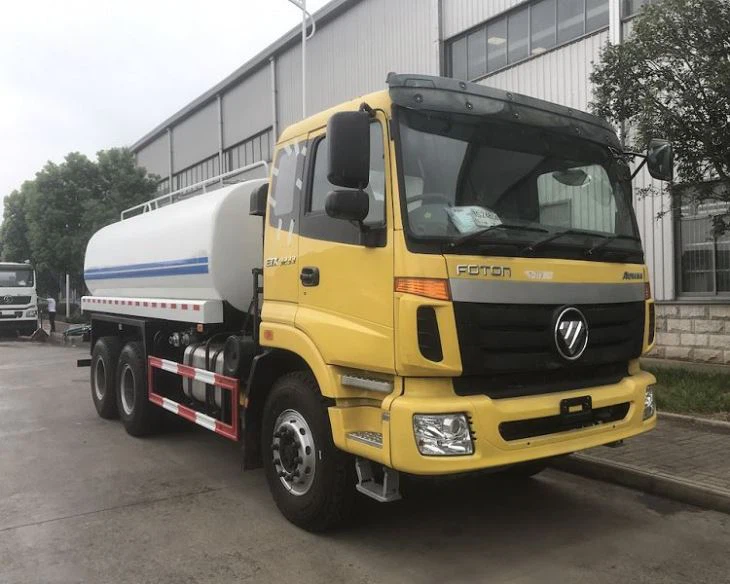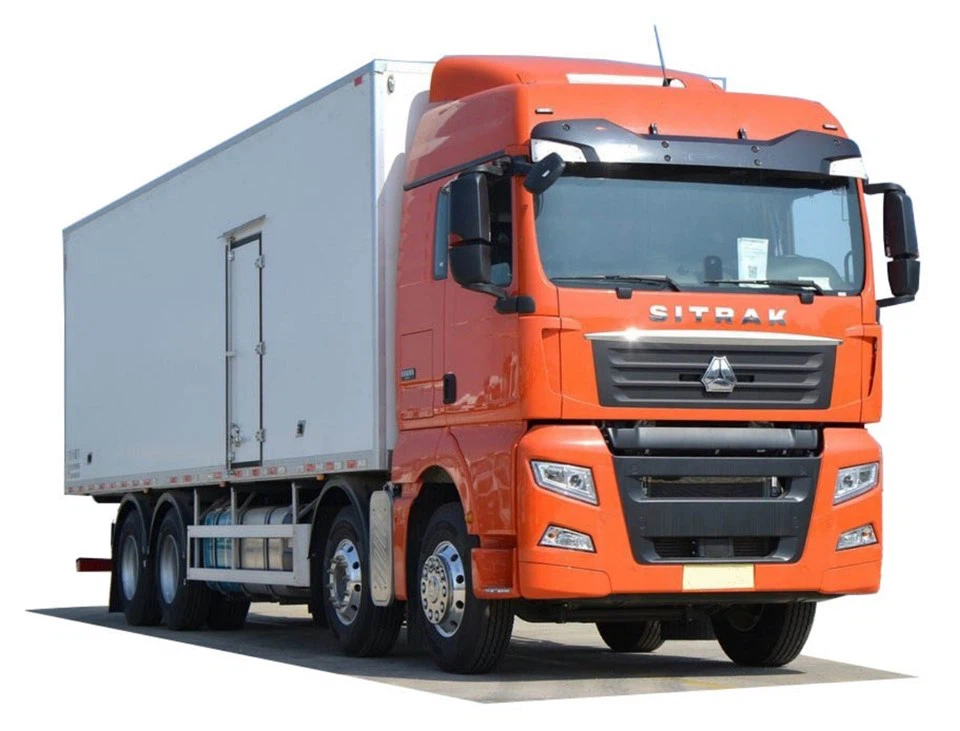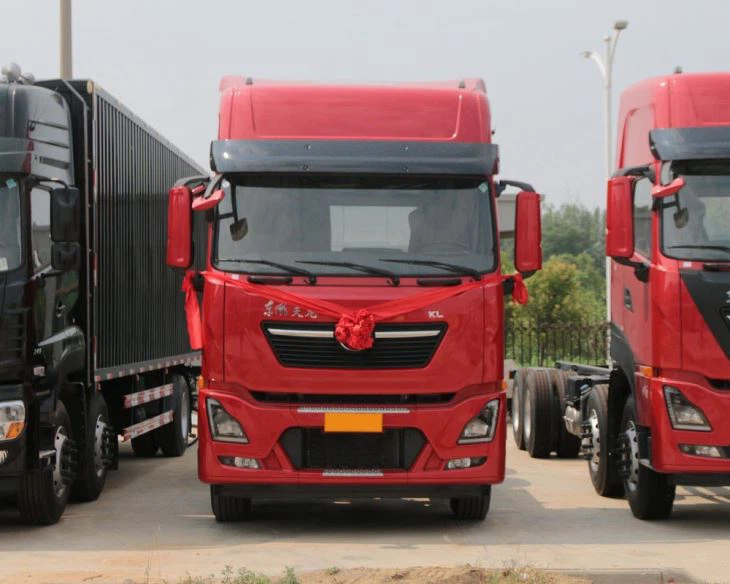Oilfield Tanker Trucks: A Comprehensive Guide

Introduction
Oilfield tanker trucks are vital assets in the oil and gas industry, providing efficient transport solutions for crude oil, refined products, and other fluids used in drilling operations. These specialized vehicles are designed to withstand harsh terrains and ensure the safe and effective movement of hazardous materials. In this article, we will explore the various aspects of oilfield tanker trucks, including their types, specifications, maintenance, and operational best practices, as well as provide practical tips and examples for those in the field.
Types of Oilfield Tanker Trucks
Crude Oil Tankers
Crude oil tankers are designed to transport unrefined crude oil from production sites to refineries. They typically have a large capacity and are built to handle the unique characteristics of crude oil, such as viscosity and corrosiveness.
Water Tankers

Water tankers are used in oilfield operations to transport water required for hydraulic fracturing, drilling operations, and other processes. These trucks are often equipped to handle large volumes of water and can be used for both freshwater and produced water (water that comes from the reservoir alongside oil).
Liquid Transportation Trucks
These trucks are designed to carry a variety of liquids, including fuel, chemicals, and other petroleum products. They often feature specialized tanks and pumping systems to efficiently load and unload liquids.
Specifications of Oilfield Tanker Trucks
Load Capacity
Most oilfield tanker trucks have load capacities that range from 3,000 to 10,000 gallons, depending on the design and regulations in place. It’s crucial to consider the load capacity when selecting a tanker for specific operations.
| Type of Tanker | Typical Load Capacity |
|---|---|
| Crude Oil Tanker | 5,000 – 10,000 gallons |
| Water Tanker | 3,000 – 6,000 gallons |
| Liquid Transport Truck | 3,000 – 10,000 gallons |
Tank Material
Common materials used in the construction of oilfield tanker trucks include stainless steel, carbon steel, and aluminum. Each material has its advantages, such as corrosion resistance, weight considerations, and cost-effectiveness.
Safety Features
Safety is a top priority in the operation of oilfield tanker trucks. Features such as spill containment systems, emergency shut-off valves, and anti-rollover designs help to enhance safety during transport.
Maintaining Oilfield Tanker Trucks
Regular Inspections
Regular inspections are crucial to ensure the safe operation of oilfield tanker trucks. Inspections should cover brakes, lights, tires, and the integrity of the tanker itself.
Preventive Maintenance
Implementing a preventative maintenance schedule helps identify issues before they escalate. Key tasks include changing oil, checking fluid levels, and examining tank seals.
Example Maintenance Schedule
| Maintenance Task | Frequency |
|---|---|
| Oil Changes | Every 5,000 miles |
| Tire Inspection | Monthly |
| Brake System Check | Every 10,000 miles |
Addressing Damage and Wear
Regularly examine the tanker body for signs of corrosion, dents, or leaks. Any identified damage should be addressed promptly to maintain safety and efficiency.
Operational Best Practices

Loading and Unloading Procedures
Establish clear protocols for loading and unloading cargo to minimize the risk of spills or accidents. Always ensure proper grounding and bonding during these processes.
Driving Techniques
Oilfield tanker truck drivers should be trained in safe driving techniques that accommodate the weight and size of their vehicles, especially on rugged terrains. Maintaining a gradual acceleration and deceleration can prevent accidents.

Emergency Response Preparedness
Having a well-structured emergency response plan is essential for dealing with incidents such as spills or accidents. Ensure all personnel are familiar with emergency procedures and that necessary equipment is readily available.
Technological Advances in Oilfield Tanker Trucks
GPS Tracking Systems
Many oilfield tanker trucks are now equipped with GPS tracking systems that allow for real-time monitoring of routes, speeds, and fuel consumption, ultimately increasing operational efficiency.
Telematics Solutions
Telematics provide data analytics that can help fleet managers optimize performance, predict maintenance needs, and enhance safety monitoring for driver performance.
Environmental Considerations
Reducing Environmental Impact
The oil and gas industry faces increasing pressure to minimize its environmental footprint. Oilfield tanker trucks can be equipped with features to reduce emissions and spills, such as more fuel-efficient engines and advanced spill containment systems.
Waste Management Policies
Implement waste management policies to ensure that any hazardous materials handled during operations are disposed of properly, minimizing the impact on the environment.
Future Trends in Oilfield Tanker Trucks
Electrification of Tanker Trucks
The move towards electrification is becoming apparent in many sectors, including oilfield transportation. Electric or hybrid tanker trucks could reduce dependence on fossil fuels, offering a more sustainable approach.
Automation and Driverless Technology
Innovations in automation and driverless technology are beginning to reshape the logistics landscape. Future oilfield tanker operations may integrate these technologies to improve efficiency and safety.
FAQs
What is the average lifespan of an oilfield tanker truck?
The average lifespan of an oilfield tanker truck is typically around 10 to 15 years, depending on maintenance practices and operational conditions.
How do oilfield tanker trucks handle hazardous materials?
Oilfield tanker trucks handling hazardous materials are equipped with specialized features, including spill containment systems, safety valves, and appropriate labeling to meet regulatory requirements.
What training is required for oilfield tanker truck drivers?
Oilfield tanker truck drivers need specific training, including obtaining a Commercial Driver’s License (CDL), understanding hazardous material handling, and following safety protocols in the oilfield environment.
What are the regulations governing oilfield tanker trucks?
Regulations for oilfield tanker trucks vary by region but often include DOT (Department of Transportation) guidelines and EPA (Environmental Protection Agency) standards concerning hazardous materials and transportation safety.
How often should oilfield tanker trucks be inspected?
Oilfield tanker trucks should undergo inspections regularly, at least every 90 days, or after a specific number of miles driven, as mandated by local regulations and company policies.
Are there any advancements in oilfield tanker truck design?
Yes, advancements such as lightweight materials, improved safety features, and integration of advanced technological systems are continuously being developed to enhance oilfield tanker truck performance and safety.
